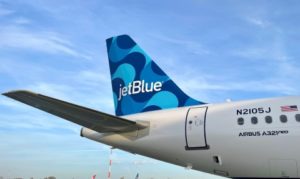With air travel and tourism continuing to drive Middle Eastern economic growth, Boeing estimates that the region’s passenger traffic and commercial fleet are projected to more than double over the next two decades. The company announced its estimate in the 2022 Boeing Commercial Market Outlook (CMO), a forecast of 20-year demand.
Middle Eastern carriers have successfully managed the challenges brought on by the pandemic by adjusting their business models and increasing usage of freighters to maximise revenue. Looking ahead, the region’s fleet is forecasted to expand to 3,400 airplanes to serve fast-growing passenger traffic as well as increasing cargo demand, Boeing said.
“The Middle East region, a popular connection point for international travellers and trade, is also growing as a starting point and destination for business and leisure passengers,” said Randy Heisey, Boeing Managing Director of Commercial Marketing for the Middle East and Africa and Russia and Central Asia Regions. “The region will continue to require a versatile fleet that meets the demands of airline and air-cargo business models.”
Middle East airlines will require 2,980 new airplanes valued at US$765 billion (£671 billion) to serve passengers and trade. More than two-thirds of these deliveries will enable growth, while one-third will replace older airplanes with more fuel-efficient models such as the Boeing 737 MAX, 787 Dreamliner and 777X.
Notably, air cargo traffic flown by Middle East carriers has continued its substantial growth of recent years; two of the world’s top-five cargo carriers by tonnage are based in the region. To serve future demand, the Middle East freighter fleet is projected to reach 170 by 2041, more than doubling the size of the pre-pandemic fleet.





























